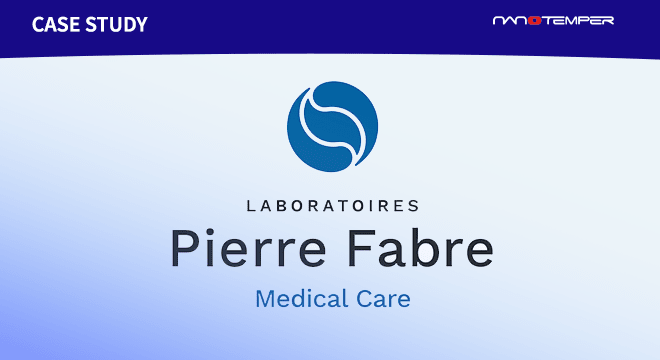
Biologic drugs have been incredibly successful in terms of both medical achievement and profitability. Many of these are recombinant proteins and antibodies that treat a myriad of conditions ranging from autoimmune disorders to cancer. Some of the most high profile biologics — such as Humira (adalimumab), Enbrel (etanercept), Stelara (ustekinumab), and Trastuzumab (Herceptin) — have even earned the term “blockbuster drug” for the billions of generated sales revenue. However, before therapeutic proteins such as these can effectively enter the market, they must undergo a long and costly research and developmental process.
In biologic drug development, it is crucial to identify the best candidates early in the process. This reduces the risk of dealing with expensive and time-consuming remediation steps that may arise from unforeseen challenges, such as instability of the molecule, formulation or storage issues, or poor protein expression. One way to minimize these costly hiccups is by gaining a thorough understanding of the stability of the compound and its formulation throughout their discovery, development, and manufacturing.
In this webinar, learn how nanoDSF can be used in precise stability studies that drive critical decisions in improving clinical development outcomes.
In the first part of the webinar, Dr. Jie Wen, a senior scientist at Amgen, highlights the application of nanoDSF in comparison with differential scanning calorimetry. Dr. Wen describes how nanoDSF can perform with similar sensitivities and limits of detection, as well as with added benefits of a wider concentration range, lower sample consumption, and higher throughput. This is followed by key examples of how nanoDSF has enabled late-stage studies of therapeutic protein developability, formulation, and comparability, such as with IgG engineering, buffer optimization, and lot-to-lot stability.
Dr. Charles Heffern, a Product Manager at NanoTemper, then discusses how the Prometheus — NanoTemper’s nanoDSF system — provides clarity in the critical junctures of biologic development. Prometheus performs label-free measurement of the intrinsic fluorescence of a protein’s aromatic residues, revealing changes in protein folding conformations in response to thermal or chemical treatments. Simultaneously, the device carries out sample turbidity measurements for detecting protein aggregation. The capacity to observe conformational and colloidal stability in the same experiment can enable key tests, such as identifying a lead molecule, choosing the optimal formulation, engineering constructs, or seeing effects of manufacturing or processing changes. Additional applications of nanoDSF by other research teams are also mentioned.



















